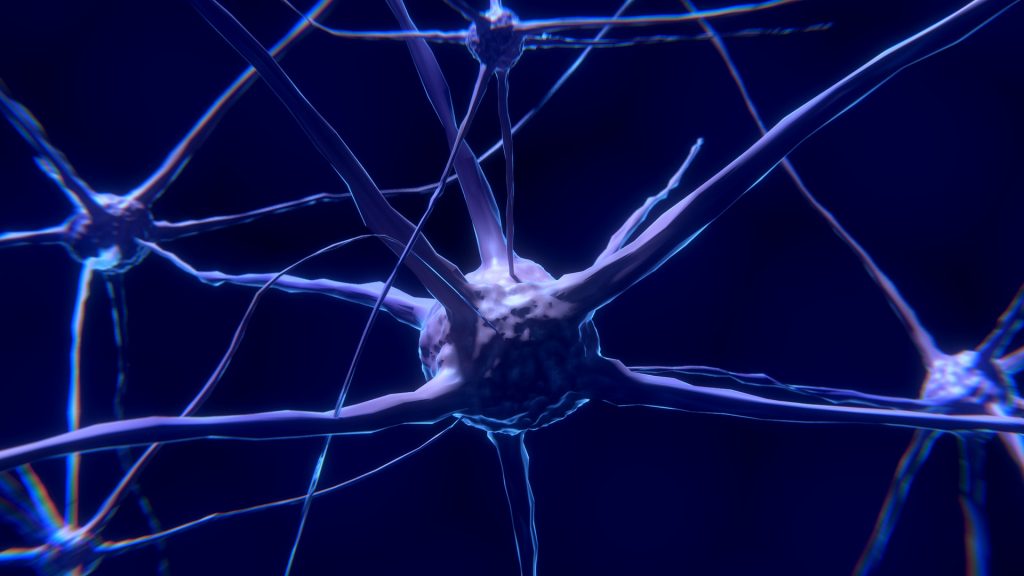In today’s context of standardized testing and rote learning, students are constantly pushed to succeed and are expected to adhere to strict curriculums. While these are performance-focused, they omit the pleasure and excitement that students once associated with school.
In an article titled “The Neuroscience of Joyful Education,” neurologist and teacher Judy Willis highlights the positive effects of having fun at school and the negative effects of stressful and unpleasant situations on the learning process.
Willis explains how pleasure helps information retention. She also provides tips for teachers to reintroduce fun in their lessons and reduce stress using the helpful mnemonic RAD, or Reach, Attitude, and Develop.
Already familiar with RAD lessons? Get right to the tips!
Incidentally, RAD also stands for the three neurological processes that enable students to perform better in school:
- information transit through the Reticular activating system
- data transfer via an unimpeded Amygdala
- better memory formation through Dopamine release
This doesn’t tell you much, but we broke it down below.

What’s RAD?
The three letters of RAD each indicate a facet of students’ mental state that can be leveraged to increase their well-being and information retention. It is through these processes that a teacher can boost students’ focus, memory, and enjoyment.
Being exposed to new and interesting concepts, images, or objects triggers the reticular activating system, keeping the brain focused. Think of it like spotting a new sign or a building on your daily commute. On any other day, you wouldn’t be thinking twice about what’s around you, but that new thing caught your eye, and now you’re paying attention to everything around! The same thing happens in your students’ heads when you captivate them with novelty and change.
Your amygdala does a better job at relaying information if it’s not busy dealing with stress. It is part of the limbic system, a “non-thinking,” instinctual part of the brain. It also does a fantastic job of being the “middle man” between new information and storage. To perform its job, the amygdala needs to be free of stress, negative pressure to perform, intimidation, etc. The key to boosting memory retention is to free your brain of fear!
Finally, having fun releases dopamine, which activates the memory centers of the brain. Class activities that are enjoyable stick with students much more than dull, ordinary ones. What can you remember best about your previous week, or even from last month? Was it the fun and exciting parts or the ordinary ones? Willis adds that as a bonus, dopamine also induces further chemical releases that help focus attention.

The findings
Willis states that removing joy from learning in order to have a quiet classroom is detrimental to academic performance. In fact, the positive emotions that come from finding excitement, novelty, and relatable experiences actually serve to consolidate learning and information retention.
She goes on to describe the influencing factors on what she calls the “higher cognition areas” of the brain, where much more meaningful gains can be made in terms of memory consolidation. Strong and positive emotions allow the brain to access these areas, and if these emotions are coupled with an intellectual task, then information retention is greatly heightened. Willis also explains that stress and negative emotions inhibit the brain’s access to those same areas, resulting in poorer retention.
The tips
Remember the RAD acronym? Reach, Attitude, and Develop. We’ve divided Willis’s tips into four categories and expanded upon them to help you make normal lessons RAD-ready.
Plan relevant lessons
Helping your students see the relevance of lessons to their own lives is vital to increasing their enjoyment of them. Willis suggests creating exercises that resonate with what they know and like, such as professional sports, social media, celebrities, video games, etc.
Being able to test their acquired knowledge in a real-life application can also get your students more involved in the learning process!
Provide positive reinforcement
Revisiting a previous subject in a positive context avoids reintroducing the stress response that it might have elicited in students the first time around. While being exposed to a difficult lesson might have been stressful, trying it again with a more positive framework will allow students to consolidate their knowledge.
For example, testing students on vocabulary they have studied can be stressful for them if, let’s say, they are tested with a spelling bee. Giving a wrong answer in front of the whole class is scary, but completing a vocabulary quiz and checking your answers in the dictionary afterward provides much more immediate positive reinforcement while negating the stress of a “performative assessment.”
Remember the RAD mnemonic to achieve this!

Take short breaks
Everyone needs to let go at some point and release stress. Introducing short breaks during the day allows students to take a small step back from a particularly demanding lesson or subject, reset their attention span, and, as Willis says, let their amygdala cool down and rebuild their neurotransmitters.
Bonus — these breaks are also a chance for teachers to recharge their batteries, too!
Offer guidance and choice
Often, students who are apprehensive of upcoming assessments tend to study very intensely and try to memorize EVERYTHING. This creates unnecessary tension and doesn’t yield much better results.
It falls on teachers to guide students and show them how to prioritize information. Providing students with a certain degree of choice on how they will study or be assessed on a subject also serves to reduce their stress level and helps them process the lesson better.
Why not let students build their own study guides or choose to present the sum of their learning in an oral presentation or with a collage, a written essay, or even a short documentary? Again, the operative word here is “relevance,” and each student will grasp a subject in a slightly different way. The best strategy is to be open-minded and supportive of them!
Photo credit: freepik.com


